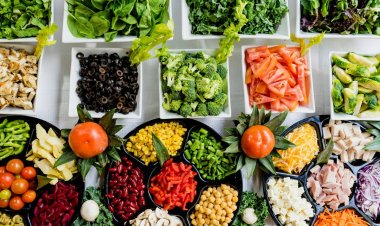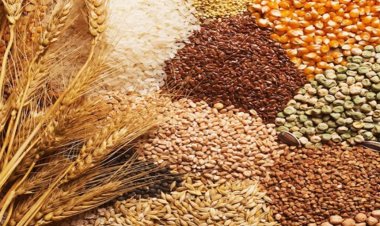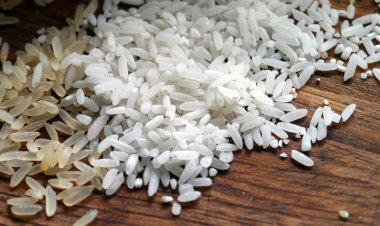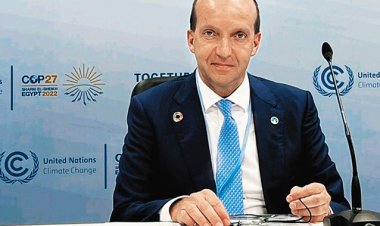Basic staple food products become costlier in developing nations: UNCTAD
A latest UNCTAD report has noted that the commodity group where the impact of recent trends in international prices has been most detrimental for developing nations is that of food items. As the Global Crisis Response Group of the United Nations observed, international food prices were already approaching historic highs even before the Ukraine conflict broke out, causing food import bills to rise dramatically, with about two thirds of the increase of costs concentrated in developing countries.
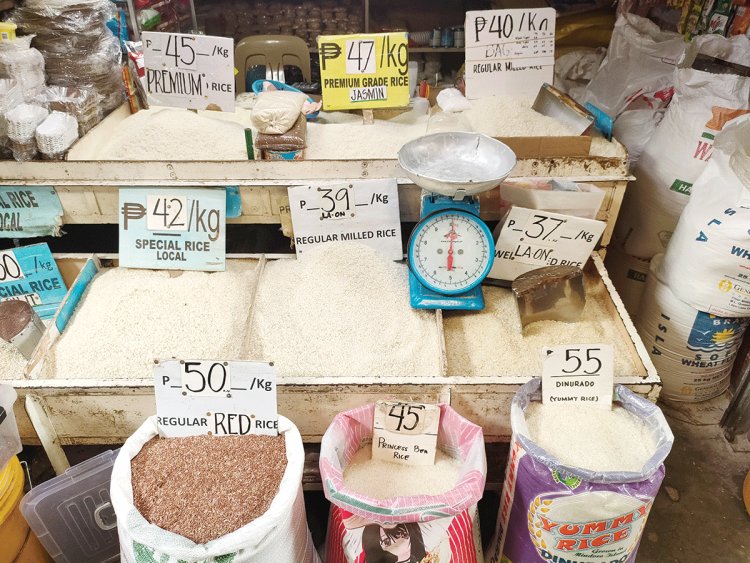
A latest UNCTAD report has noted that the commodity group where the impact of recent trends in international prices has been most detrimental for developing nations is that of food items. As the Global Crisis Response Group of the United Nations observed, international food prices were already approaching historic highs even before the Ukraine conflict broke out, causing food import bills to rise dramatically, with about two thirds of the increase of costs concentrated in developing countries.
The further climb in international food prices in the wake of the outbreak of the war in Ukraine left many developing countries faced with prohibitively high prices for many of their most basic staple food products. Moreover, the impact of the disruption in the supply and transport of grains, notably wheat, maize, and sunflower products, from Ukraine and the Russian Federation, proved particularly acute for African and Middle Eastern countries that rely on the flow of grains from these countries to meet their basic food needs.
The international prices of many of these food products have moderated over the 12 months to May 2023 - with prices of wheat, maize and sunflower oil dropping by 25, 21 and 51 per cent respectively - partly thanks to the Black Sea Initiative and to increased supplies from South America and other major producing countries. Still, international food prices remain at historically high levels, and the pass-through of lower international prices to domestic prices has proven to be weak. In fact, in several developing countries, the domestic prices of basic foods in June 2023 remained above their levels of the previous year and continue to weigh on food security.
Relevant factors which have kept domestic prices at elevated levels include high fertilizer costs, adverse weather, high distribution costs, strong indebtedness as well as domestic currency weaknesses. The financialisation of food markets and the pricing behaviour of large commodity traders have been other contributing factors. As a result, almost 350 million people worldwide - including more than 100 million people in sub-Saharan Africa - are projected to be food insecure in 2023, which is over double the number in 2020.
For its part, higher food prices also impact income distribution within countries. Where the production is more capital-intensive, as happens in larger farms and where land is more concentrated, higher food prices generate rents that favour the richest individuals and large landowners. Moreover, where food supply chains are highly concentrated and small farmers have no bargaining power, at the global level food price increases may be fully captured by big corporations controlling food trade, storage, processing and retail.
Using data covering 126 countries (82 developing and 44 developed) for the period 1990–2020, an empirical analysis shows that rising food prices are associated with increased inequality in developing countries, while the impact in the developed countries was found to be statistically insignificant.
This highlights the importance of the role played by government policies to provide safety nets to both producers and the consumers of food. For example, the United States implements the Supplemental Nutrition Assistance Program (SNAP) earlier known as the Food Stamp Program to protect consumers, and the Federal Crop Insurance Program buffers farmers’ incomes from losses due to disasters or low prices.
While COVID-19 and the war in Ukraine have accelerated food price volatility, and thus raised global food insecurity, data show that after decades of improvements, the number of people in hunger started to rise around 2014, some years before the emergence of these two events.
Along with local conflicts and national economic crises, a main driver for this increase has unequivocally been identified as climate change. More generally, the rapidly changing climate, political turmoil, and macroeconomic shocks, combined with the speculative behaviour of commodity traders, have introduced further instability and uncertainty in food markets, which call for specific policies that address food insecurity. As international tensions persist and the effects of climate change become increasingly evident, urgent measures are needed to counter the expected increases in food insecurity, which is already contributing to rising poverty and inequality, especially in developing countries.
There is a pressing need to strengthen redistributive social programs to defend vulnerable households from increased food prices and to insulate farmers from international food price volatility. However, the policy space in this area is severely restricted by some of the provisions of the WTO Agreement on Agriculture, says the UNCTAD report.



 Join the RuralVoice whatsapp group
Join the RuralVoice whatsapp group

















